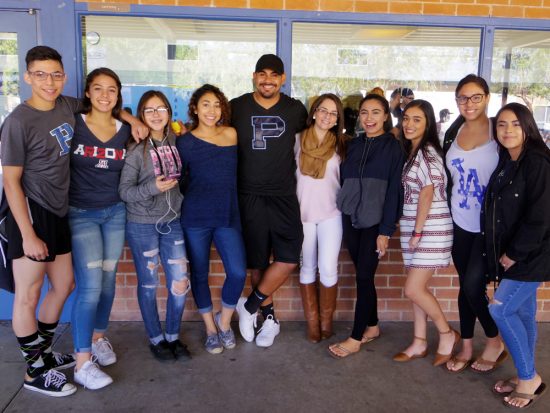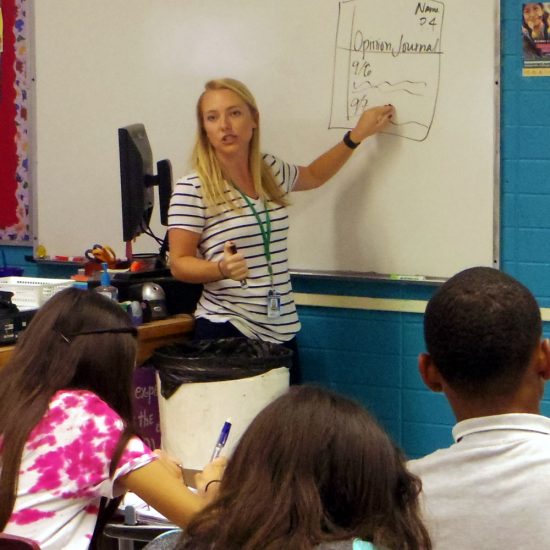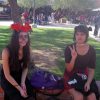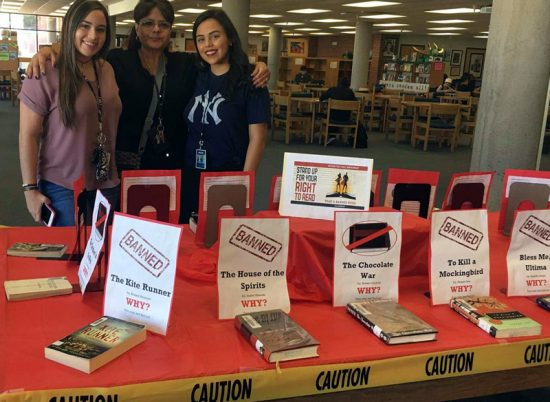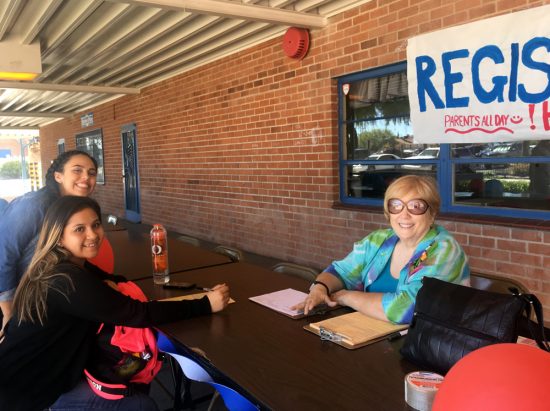
By Paula Fierros
 You’ll never know when it’s going to happen; everyday we walk by people with perplexed feelings and thoughts—so overwhelmed to the point where they are consumed by these negative feelings and thoughts. Sadly, one of the thoughts running through that person’s mind could be: “Maybe it will be easier for everyone and for me if I was gone.”
You’ll never know when it’s going to happen; everyday we walk by people with perplexed feelings and thoughts—so overwhelmed to the point where they are consumed by these negative feelings and thoughts. Sadly, one of the thoughts running through that person’s mind could be: “Maybe it will be easier for everyone and for me if I was gone.”
According to the World Health Organization, more than 800,000 people die around the world each year from suicides. Many more—in the millions—attempt suicide. Suicide is now the second leading cause of death among 15-29 year-olds. Nearly 1.4% of all deaths are suicides, the 15th leading cause of death around the world.
Here in Arizona, 12,400 people committed suicide in 2014; most of those were 15-29 year-olds (although our elderly population is a close second in suicide age rates). Suicide is the second leading cause of deaths among Native Americans in Arizona.
The numbers are increasing, according to suicide statistics.
Of the 15 U. S. cities with the most suicide rates, three of them are here in Arizona: Tucson is number three; Mesa is number six; and Phoenix is number 14.
Las Vegas, Nev. has the most suicides of any American city at a rate of 35.5 per 100,000 people.
These numbers are sobering, but on paper, they are just numbers. The reality is, suicide affects thousands of Arizona families—as well as everybody in our communities…friends, teachers, co-workers and colleagues.
One student, who will remain anonymous, described that they were feeling as if they were “drowning”. She continued, “All that you’re feeling is the water, and pretty soon you start to feel heavy and you start to sink as you continue fighting, then you get tired and let the water take you.”
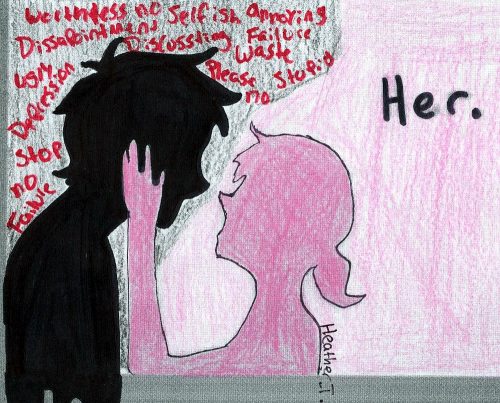 Another Pueblo student, “You don’t see anything else [when you feel suicidal]. It’s like tunnel vision.” She continued, “Your feelings block out any sliver of light. At times, you only see the little light of hope. But, you’re so used to the darkness you get comfortable, and you let it engulf you, like a big, cold hug.”
Another Pueblo student, “You don’t see anything else [when you feel suicidal]. It’s like tunnel vision.” She continued, “Your feelings block out any sliver of light. At times, you only see the little light of hope. But, you’re so used to the darkness you get comfortable, and you let it engulf you, like a big, cold hug.”
Still, another student said, “It’s really important that you talk to someone that you trust. You need to let people know you have problems.”
After getting help, these three students are now in positive places in their lives. They now know they are worthy of living and hope that others can learn through their experiences.
What makes suicide so difficult to accept is that we survivors rarely find out why somebody took his or her own life. The key to helping a person is talking, letting them feel comfortable, letting them feel they are worthy of life, loving and living.
Here at Pueblo, there are many individuals who are always here to listen. Besides teachers, administrators and staff members, there are many specific individuals who are here to help—especially Ms. Ginger Arzani, Mr. Efrain Carrillo, all of the counselors and the nurses.
Arzani said, “Fight the power!” Truly, Arzani said that she wants students to know to fight through their struggles and to deal with their issues.
She added that her office is open to all students at all times, or they can make an appointment with her to fit their schedule.
“Each day, we should begin with gratitude in our hearts,” Carrillo said. “Everybody should know that there is so much to be grateful for.”
Carrillo is available in his office from 7:30 a.m.-4 p.m. in Room 119 from Tuesday through Friday.
Ms. Rachel Bopp, one of Pueblo’s counselors for freshmen, sophomores and juniors (with last names that begin with “M” through “Z”), said that she and all of the counselors are available to students.
“We [counselors] have training and experience dealing with crisis intervention,” Bopp said. “Students need to know that there is always somebody here to help them, any day of the week, at any time.”
